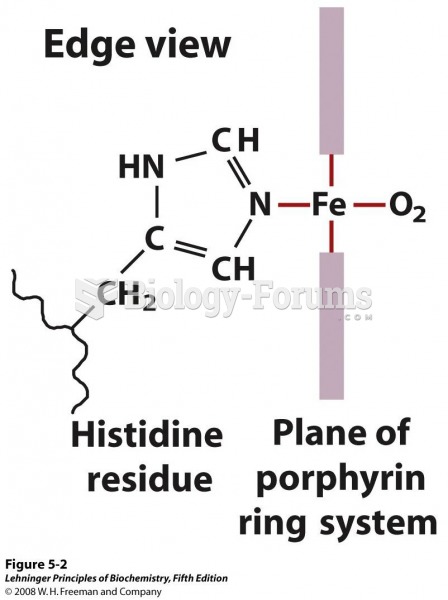Answer to Question 1
Residential programs are generally divided into four major categories: group homes, including boarding schools and apartment-type settings; foster homes; family group homes; and rural programs.
Group homes are nonsecure residences that provide counseling, education, job training, and family living. They are staffed by a small number of qualified persons, and generally house 12 to 15 youngsters. The institutional quality of the environment is minimized, and the kids are given the opportunity to build a close relationship with the staff. They reside in the home, attend public schools, and participate in community activities.
Foster care programs involve one or two juveniles who live with a familyusually a husband and wife who serve as surrogate parents. The juveniles enter into a close relationship with the foster parents and receive the attention and care they did not receive in their own homes. The quality of the foster home experience depends on the foster parents.
Family group homes combine elements of foster care and group home placements. Juveniles are placed in a group home that is run by a family rather than by a professional staff. Troubled youths have an opportunity to learn to get along in a familylike situation, and at the same time the state avoids the startup costs and neighborhood opposition often associated with establishing a public institution.
Rural programs include forestry camps, ranches, and farms that provide recreational activities or work for juveniles. Programs usually handle from 30 to 50 youths. Such programs have the disadvantage of isolating juveniles from the community, but reintegration can be achieved if a youth's stay is short and if family and friends are allowed to visit.
Answer to Question 2
Progressive







